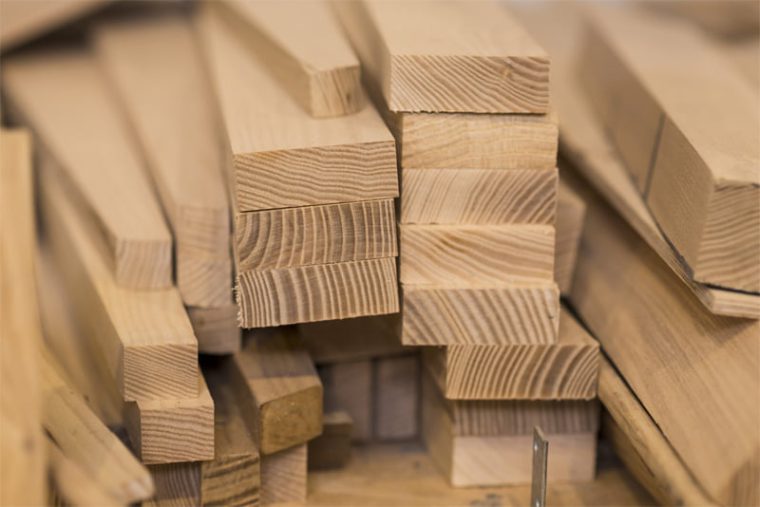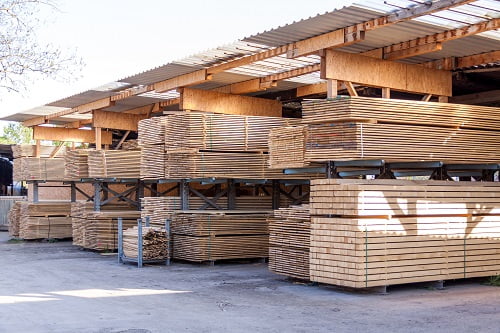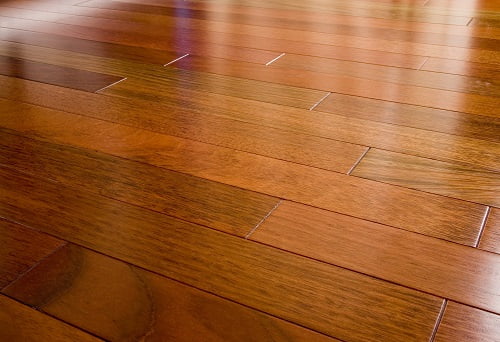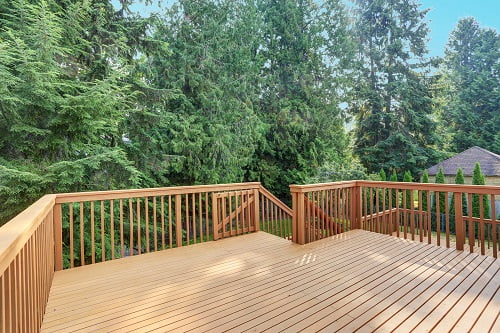
Hardwood and Softwood: Their Key Distinctions that You Should Know
Hardwood and softwood have different features and characteristics. Accordingly, it would be more advantageous to know what their distinctions are, as this will give you a clear glimpse as to how they can help serve your specific purposes.

Here are some of the things about hardwood and softwood that you should know:
Origins of Hardwood Timber
Hardwood timber originates from an angiosperm tree, a tree type with seeds that are usually enclosed, like pods or shells.
The common examples of hardwood are balsa, mahogany, maple, elm, sycamore and oak.
The hardwood species we stock at Narangba Timbers include:

Origins of Softwood Timber
Softwood timber originates from a gymnosperm tree, which is a tree type with seeds that do not have any covering and usually just fall to the ground.
Common examples include cedar, pine, larch, fir and redwood.
At Narangba Timbers, we have a great range of affordable softwood products suitable for all your DIY and construction needs.
The most common species of softwood timber available is pine. This is available in both treated and non-treated varieties.

Timber Durability
Generally, hardwood is more durable when compared to softwood.
This classification is not always based on the wood type’s density or weight. A wood type’s feature or durability can also be measured by how it is reproduced or grown.
Balsa wood, a type of wood that is usually softer and lighter compared to other woods, is actually considered as a hardwood and not softwood.
Hardwood, takes a longer time to grow. Accordingly, this is one of the main reasons why this wood type is denser and heavier compared to other woods. Of course, this is also the reason why it is usually more expensive compared to softwood.
Pricing of Hardwood and Softwood
At Narangba Timbers, we stock both Kiln Dried hardwood as well as unseasoned framing hardwoods.
When used in construction, hardwood either absorbs moisture or dries out until it is in equilibrium with the surroundings. When this happens unevenly or too rapidly, it can cause shrinkage or splits in the wood. To avoid this, controlled drying of the hardwood is done in wood kilns.
Kiln dried hardwood is lighter, stronger and easier to handle than green hardwoods. It is also easier to machine, glue and paint.
Due to the cost of kiln-drying, especially for larger sizes, unseasoned or green hardwoods are generally used for structural framing. The green timber dries over time, and although there may be some bending and splitting, its structural integrity will be retained.
Softwood, is relatively less expensive that hardwood and, as such, is the more popular source for timber worldwide.
In fact, around 80% of timber in the world comes from softwood. This may be attributed to the fact that softwood is easier to reproduce, it grows faster and is thus considered a more eco-friendly” renewable resource.
So, which among these two should you use for your home improvement project? The answer is up to you.
But if you want the help of a timber decking and flooring expert from Brisbane, don’t hesitate to give us a call at 1300 477 024.